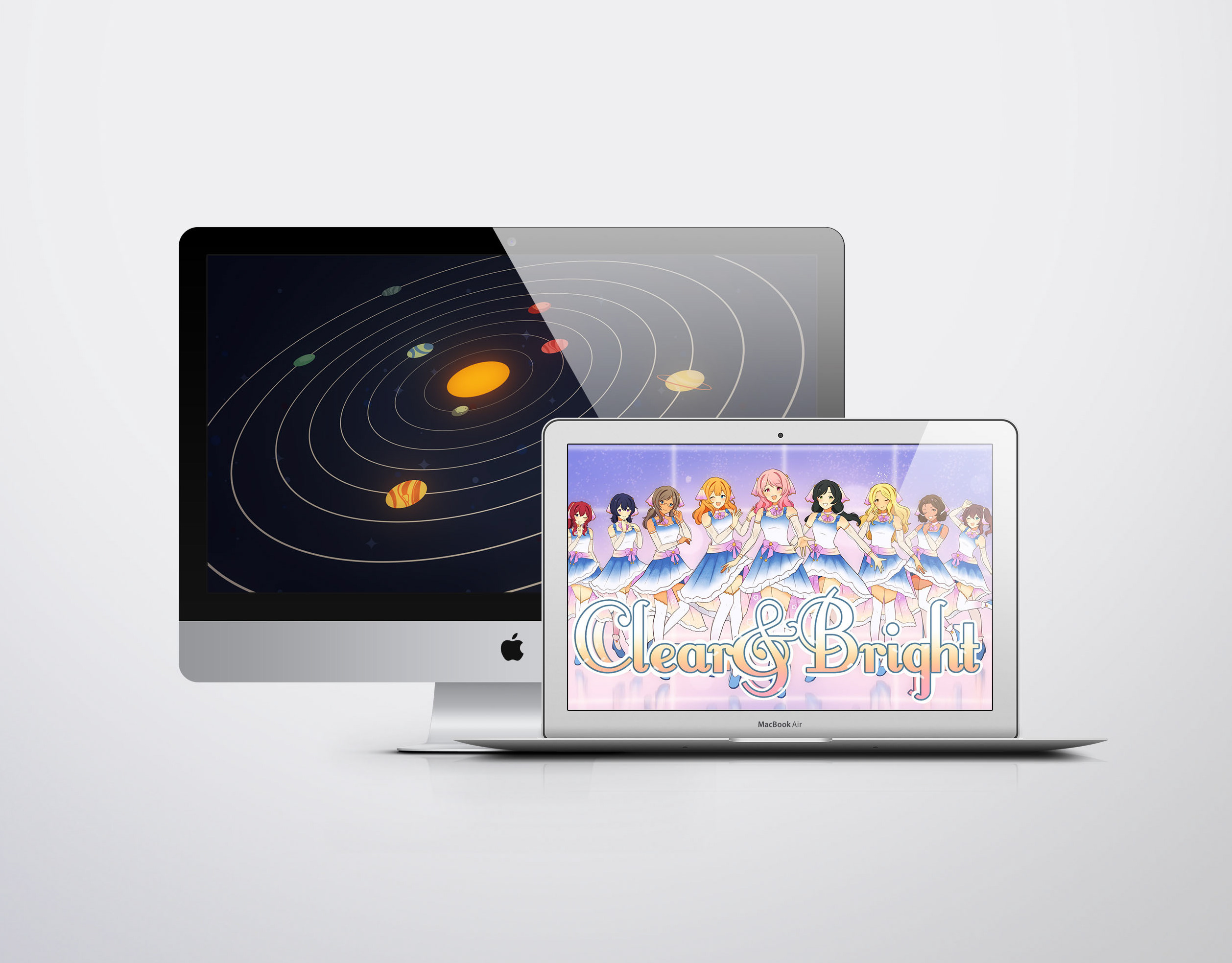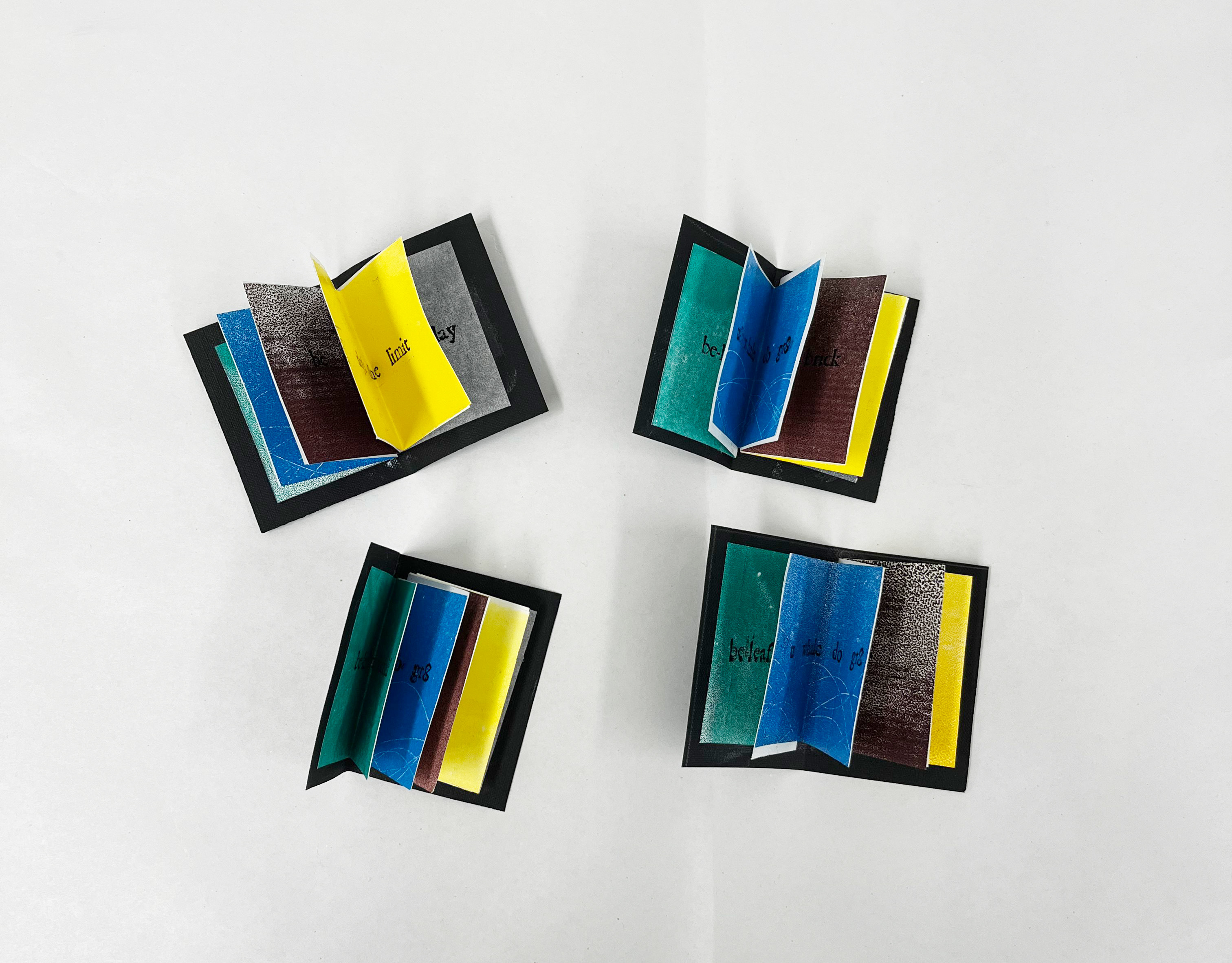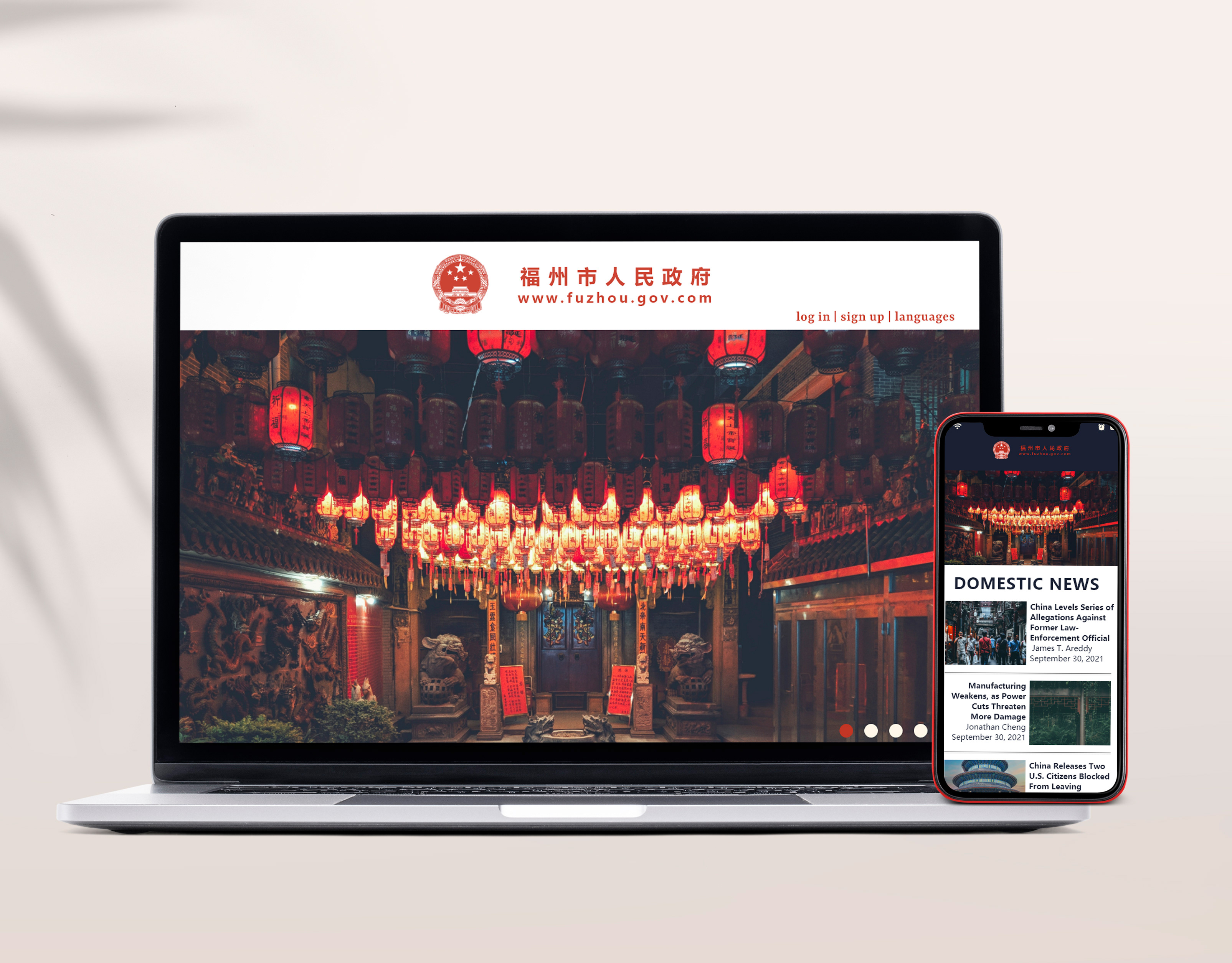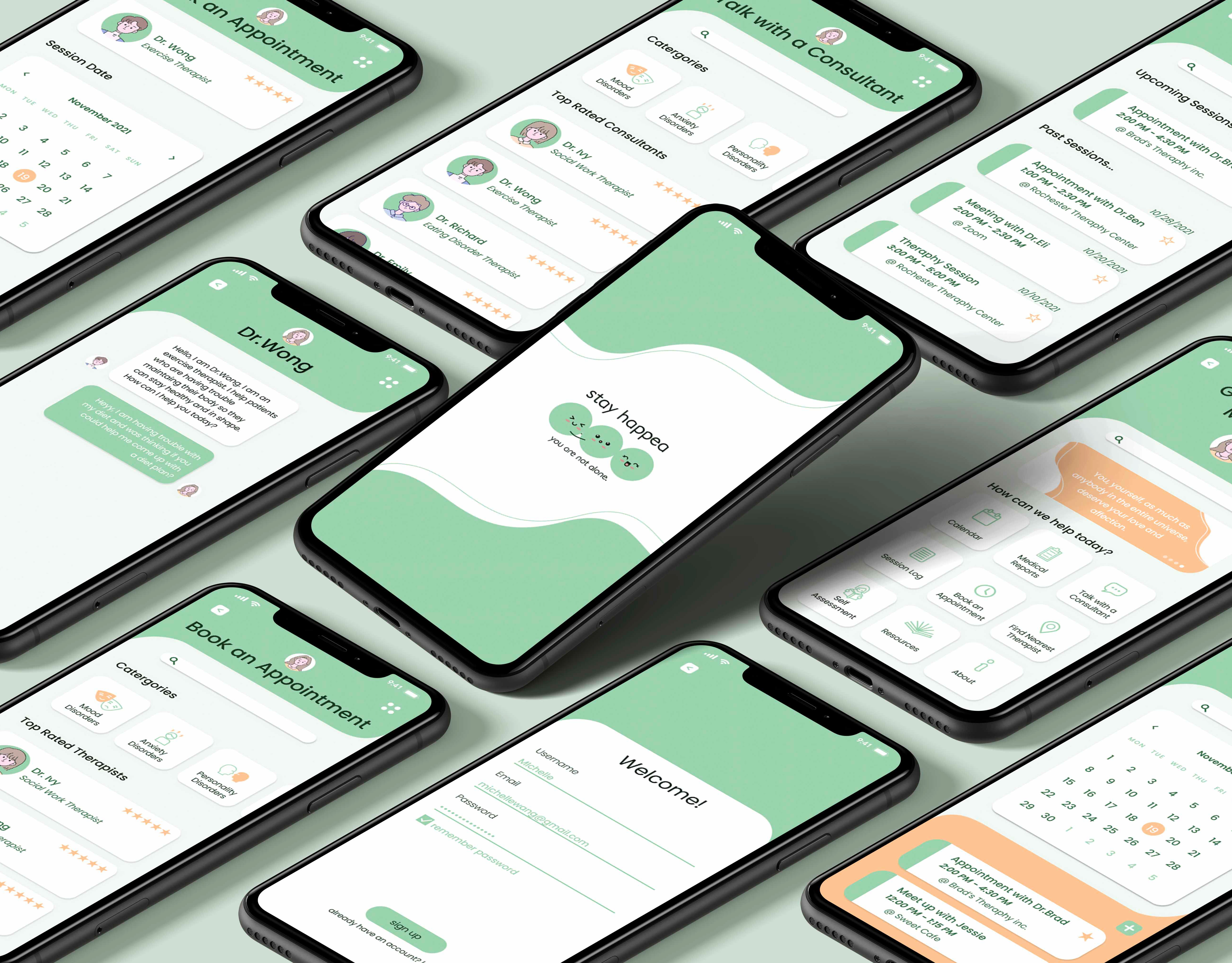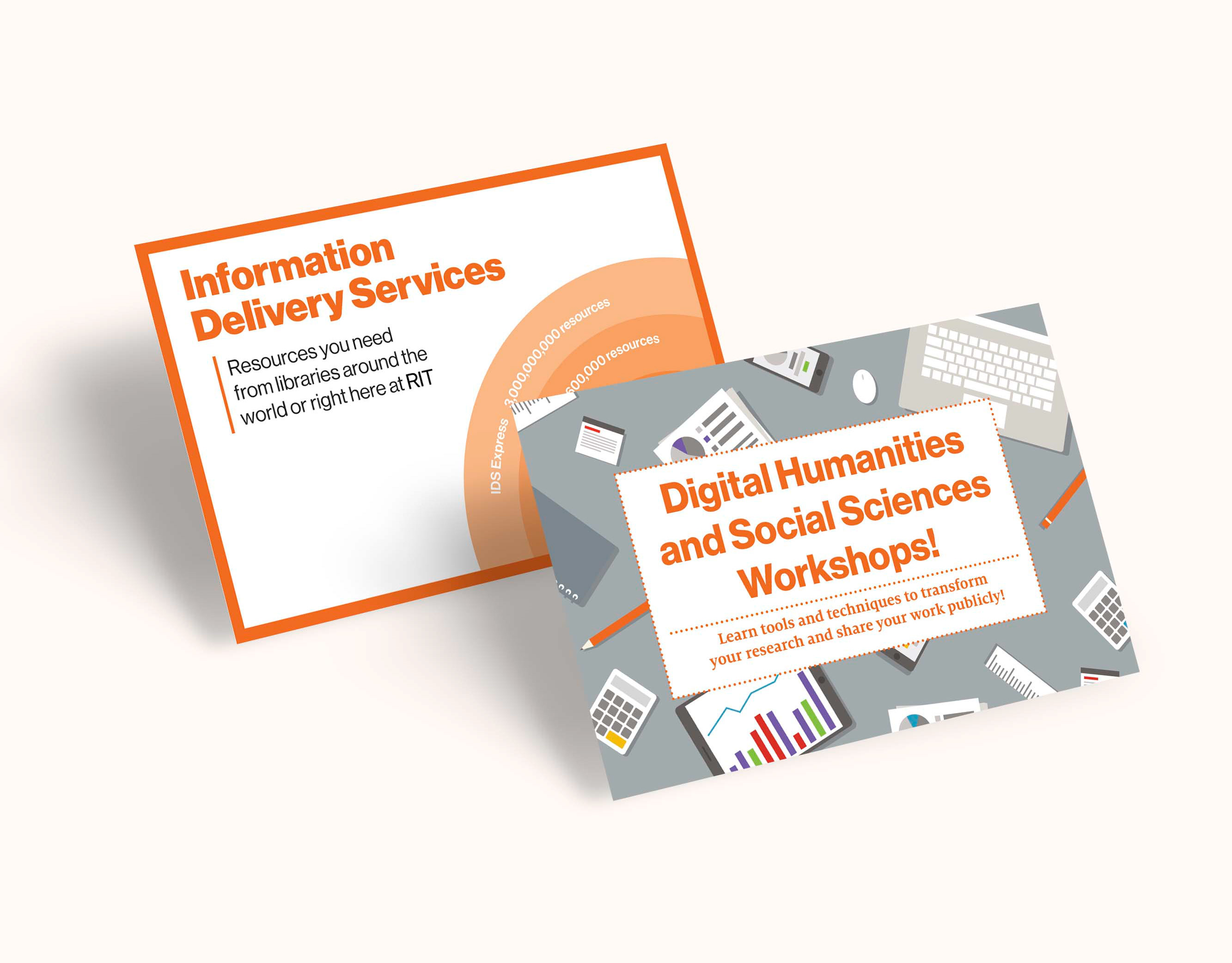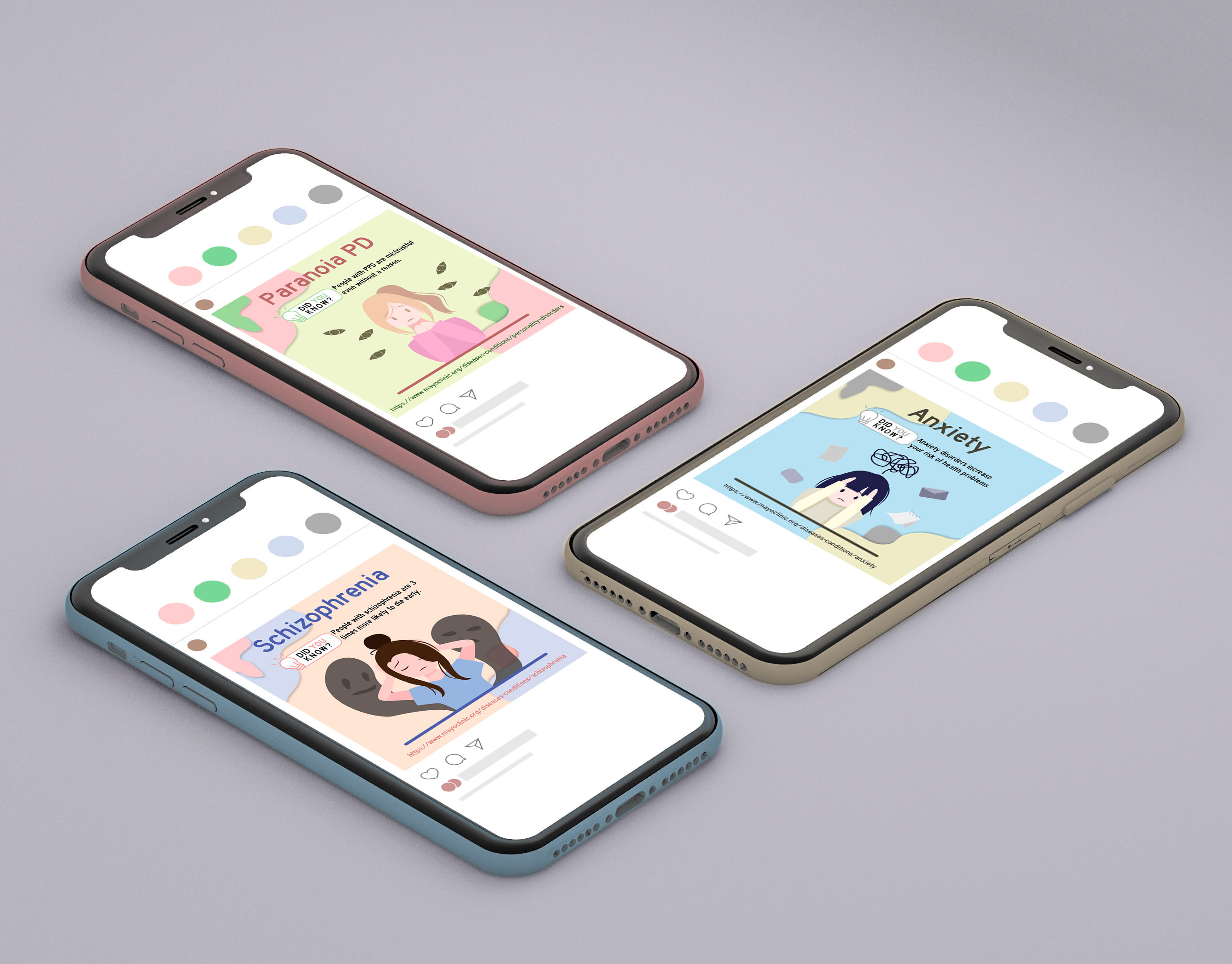The Challenge
Infographic design serves as an engaging medium to seamlessly communicate complex information, blending captivating design elements and vibrant color palettes. This versatile tool offers a range of formats, each meticulously crafted to resonate with distinct target audiences, ensuring impactful communication. From playful and illustrative designs that capture the attention of younger demographics to sophisticated and data-driven visualizations that appeal to analytical minds, infographics cater to a diverse spectrum of viewers
Goals
In this project, I want to showcase the versatility of infographics by using different design elements to convey a single message. Through varied visuals, I'll highlight how diverse styles, colors, and layouts can effectively communicate the core idea to different audiences. This will also allow me to explore motion graphics, expanding my design skills.
Design Process
Background Research: Diving Into Plant-Based Proteins
Approaching this project, thorough research on plant-based proteins was crucial to ensure accurate information. I utilized www.mintel.com, a comprehensive market research platform that compiles data on consumers, markets, and new products. My search involved exploring various statistical reports with keywords like "vegetarian" and "meat alternatives." After browsing through several reports, I discovered relevant statistics that could enhance my infographic. Here are some intriguing findings that I uncovered and plan to incorporate into my design:
Organzing Research: Structuring Data for Visual Impact
Once I had all the data I needed, I sorted and organized it to make it easy to understand. I used an affinity map to group similar information together. This helped me create clear and engaging visuals for my infographic. This process also helped me filter out unnecessary details, so I could focus on the important facts. I also turned the data into percentages, which I can use to create accurate and visually appealing content for my infographic.
Visual Research: Drawing Inspiration for Plant-Based Protein Infographics
Once I had organized my data into a comprehensive format, my focus shifted towards conceptualizing the types of infographics I aimed to craft. Recognizing the importance of accessibility, I strategically tailored my three infographics to cater to distinct target audiences, ensuring that the information remains easily graspable for everyone. I ultimately chose to create a pair of posters - one emphasizing visuals and the other focusing on information depth - alongside a motion graphics piece designed to be child-friendly and easily comprehensible. The following images represent a selection of visual inspirations that guided my creative process
Sketches: Putting Ideas to Paper
With a clear vision in mind, I embarked on the initial phase of sketching. Exploring various compositions, my goal was to achieve a harmonious blend of text and images. I experimented with different text sizes and colors to infuse dynamic visual appeal. Once I had a selection of preliminary sketches, I refined and polished the chosen designs for further development.
Type & Color Exploration: Futhering Refining Visual Elements
After refining my sketches, I began experimenting with various color palettes and typefaces suitable for my intended audience. I aimed for a gentle aesthetic to convey a natural ambiance. Utilizing muted tones contributes to the natural feel, and the inclusion of soft browns or tans adds a contrasting element. Exploring softer typefaces complements the muted color palette and contributes to the overall soothing visual.
Final Designs: From Concept to Polished Creations
Once I settled on the graphic elements for the infographics, I refined my illustrations and incorporated all the assets and content. I'm really pleased with the final result!
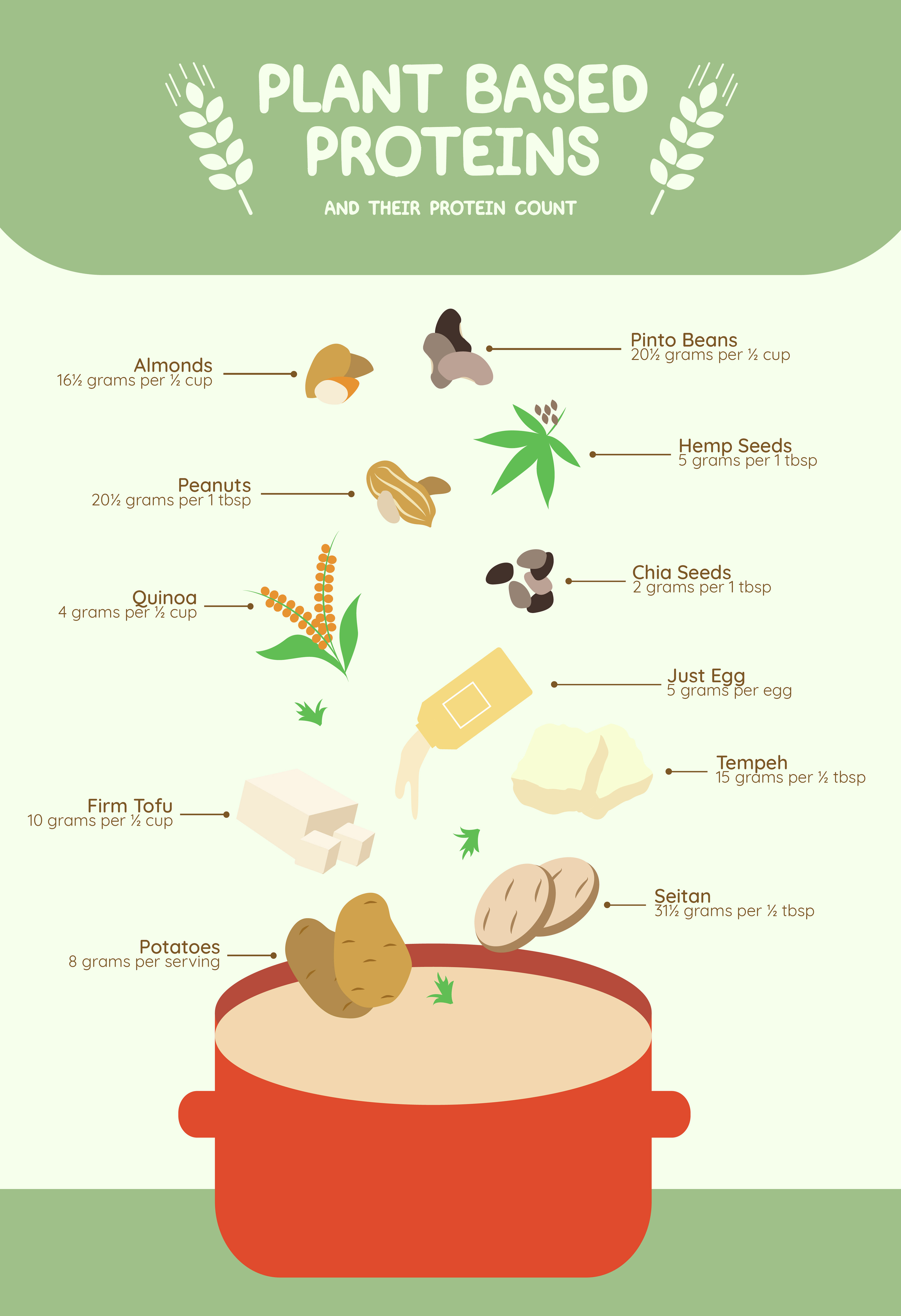

Takeaways
Throughout this project, I've delved into the captivating world of infographic design, a field I've been eager to explore. Exploring varied infographic styles and their target audiences provided enlightening insights. Crafting distinct color palettes for the posters and motion graphics aimed at different demographics was engaging and rewarding.

